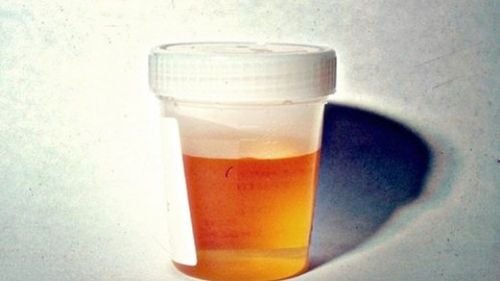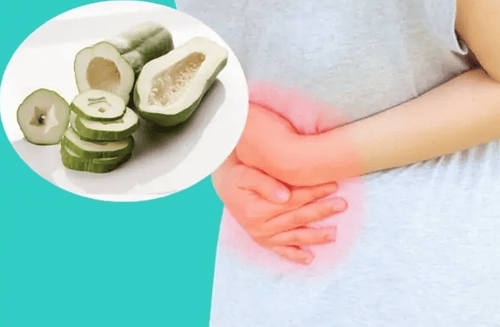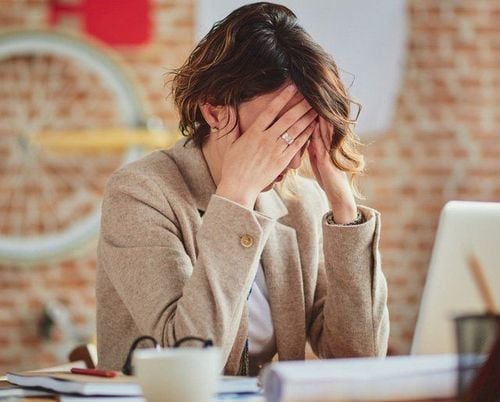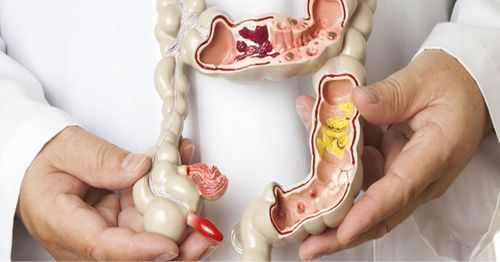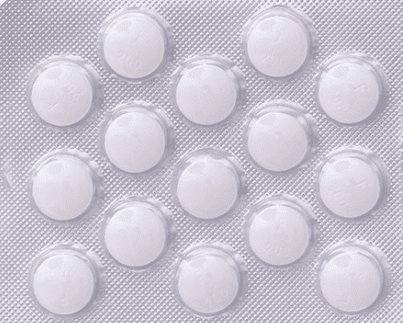This is an automatically translated article.
Urolithiasis is a disease that can occur at any age, both in men and women. Ureteral lithotripsy is one of the treatment methods. Does the method of lithotripsy have any effect?
1. What are ureteral stones?
The ureter is the passage that carries urine from the kidney to the bladder, divided into 3 segments: the upper, middle, and lower ureters. Ureteral stone is a stone located in the ureter, it obstructs urine from the kidney to the bladder, causing obstruction, stagnation of urine, over time can cause many complications. Ureteral stones are usually caused by falling kidney stones, rarely forming locally. The cause of ureteral stone formation is often due to many factors: Increased deposition of substances (calcium, oxalate and cystine,...), change in urine pH, bacterial infection, congenital malformations and ureteral stricture,. ..2. Diagnosis of ureteral stones
Diagnosis of ureteral stones must combine clinical and subclinical symptoms:
Clinical symptoms:
Dull low back pain. Renal colic : Severe pain in the lower back, no position to relieve pain, pain can last from a few minutes to hours. Pain radiates anteriorly, down the pelvic cavity, and down the external genitalia. May be accompanied by abdominal distension, nausea, vomiting and fever. Diarrhea, dysuria, and hematuria. Cloudy urine with pus, accompanied by malaria and shivering due to retrograde infection. Subclinical:
Abdominal ultrasound; X-ray of the urinary system (unprepared); CT Scanner of the urinary system.
3. Complications of ureteral stones
Ureteral stones that are not treated properly will cause complications such as:
Renal retention: Stones block urine flow, urine cannot enter the bladder but stagnate in the kidney, dilating the renal calyces. or not recover. Urinary tract infections: Stones move to make the lining of the ureter inflamed, edematous and create conditions for bacteria to grow and cause disease. Acute renal failure: The stone blocks the entire ureter. Chronic kidney failure: Prolonged inflammation and irreversible damage to kidney cells.
4. Methods of treatment of ureteral stones
Treatment depends on the location, size, characteristics and complications of the ureteral stone. Methods include:
Medical treatment; Extracorporeal lithotripsy; Endoscopic laser lithotripsy; Laparoscopic surgery to remove stones; Open surgery.
5. Does the ureteral lithotripsy method have any effect?
Lithotripsy is used for ureteral stones < 25 mm in size. Lithotripsy is very popular today because:
The procedure is simple to perform lithotripsy with high safety, low invasiveness, low risk; Less pain, less complications, high treatment efficiency, quick recovery; Short treatment time, short hospital stay, reasonable cost; No surgery, no complications after surgery, no scars; Extracorporeal lithotripsy affects kidney function less than 1%, much lower than open surgery (30%).
6. Symptoms after ureteral lithotripsy
Symptoms after ureteral lithotripsy will depend on many different factors such as: The method of dissection, the basis of practice, the skill of the doctor:
After lithotripsy: If the lithotripsy is not clean, urinate difficult and painful back. Endoscopic lithotripsy: May cause ureteral perforation and infection. Small tunnel percutaneous lithotripsy: May cause bleeding and infection.
7. What should patients abstain after lithotripsy?
Patients after ureteral lithotripsy should limit eating:
Fat, grease; Eat salty, a lot of salt; Eating hard, hard food; Drinking beer, wine, coffee, solid tea; Eat seafood, crab and shrimp. In addition, the sick person should also:
Stay in bed for 1-2 days; After 5-7 days, you can start to exercise gently, gradually increasing the level, should not be too strong. The ureteral lithotripsy method is now very popular because of its safety and convenience compared to the traditional surgical method. Contact your doctor immediately if you have any questions about ureteral lithotripsy.




